6. The Brothers Bloom (2008)
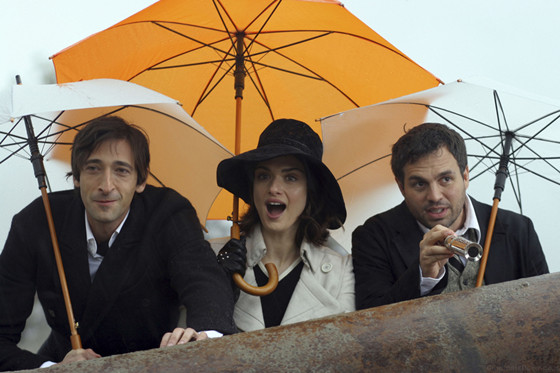
Rian Johnson has proved a remarkably talented and successful director over the past couple of decades, with witty mysteries like Brick (2005) or Knives Out (2019) and sci-fi extravaganzas like Looper (2012) and Star Wars: The Last Jedi (2017) under his belt. In Johnson’s otherwise stacked filmography, there is only one outstanding dud: The Brothers Bloom.
Johnson is a sucker for capers and plot twists, intrigue and mystery. He was also apparently a sucker for the post-Little-Miss-Sunshine pseudo-Wes-Anderson indie film stylism craze of the late 2000s. The Brothers Bloom is a crime film that is almost obnoxiously quirky and self-satisfied in its supposed cleverness. Johnson got a little ahead of himself with the suit and tie tophat gentleman fetishization.
The twists and turns of The Brothers Bloom are far fetched, at times nonsensical, and far more complex than they have any right to be. It is easily one of the least satisfying capers ever put to screen, and all the more frustrating because of its stylistic choices and misled attempts at humor.
7. Extremely Wicked, Shockingly Evil and Vile (2019)
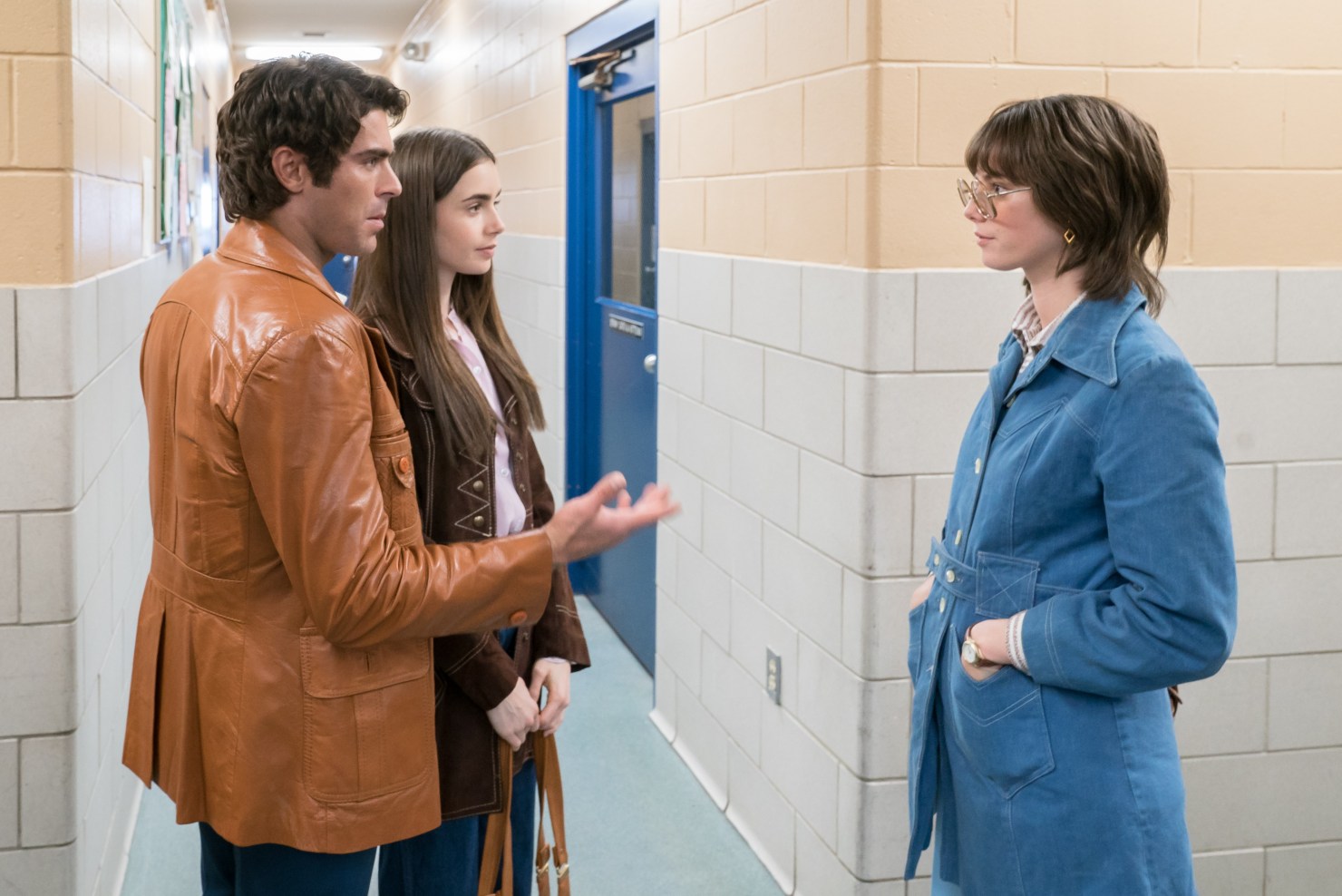
Extremely Wicked, Shockingly Evil and Vile is a courtroom drama about serial killer Ted Bundy, starring Zac Efron in the title role. Rather than focusing on the crimes and life of the man, the film plays out as a political drama chronicling Bundy’s plea for innocence. The audience is positioned to root for the film’s protagonist. There’s just one minor problem. The protagonist is Ted Bundy.
Extremely Wicked, Shockingly Evil and Vile almost seems in awe of Bundy, portraying him as this calculating, handsome, intelligent young anti-hero – we’re essentially left to see Bundy from the view of the public, almost as a superstar. Movies about troubled, complex characters always aim for a certain coolness and edge.
But anyone with any historical knowledge knows how this story ends. Bundy is, without any doubt, an evil serial killer deserving no sympathy – so all the buildup, views into his home life, and did-he-do-it intrigue beforehand feels completely pointless. The big reveal of Bundy’s crimes to his wife (and audience) at the end of the movie isn’t emotional or shocking, it’s just silly. Ted Bundy killed people in cold blood. No need to make a courtroom drama about him convincing you he didn’t.
8. One Hour Photo (2002)
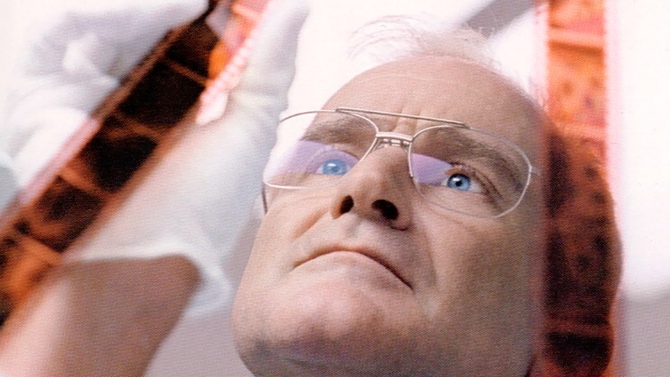
One Hour Photo is best remembered as a film starring the late and great Robin Williams in a much darker role than he was typically cast. Williams’ performance in the film is fantastic – the only problem is that he completely outshines just about every other aspect of the film. It’s always a shame when a great performance is wasted on a mediocre film, and One Hour Photo is a quintessential example.
Director Mark Romanek was already an established and talented music video director before debuting with One Hour Photo, but Romanek is a clearly better visual artist than storyteller. When you peel back the pretty looking cinematography and Williams’ performance, what you get is a pretty run-of-the-mill creepy-stalker-themed thriller that tries to be way artsier and way more intense than it has any right to be… and it pretty much fails in both regards.
It’s difficult to take the film’s tension seriously because of the shallowness and predictability of its writing, and the film’s stylistic choices feel distinctly Y2K in a way that is neither effective from a storytelling angle or charming from a nostalgic angle. Robin’s character is only fleshed out to a competent surface level of psychological depth and creepiness. It’s just a pretty forgettable thriller that, like most films in the psychological genre, tries to be way cooler and edgier than it actually is. That all being said, the Neon Genesis Evangelion toy cameo will always be appreciated.
9. Midsommar (2019)
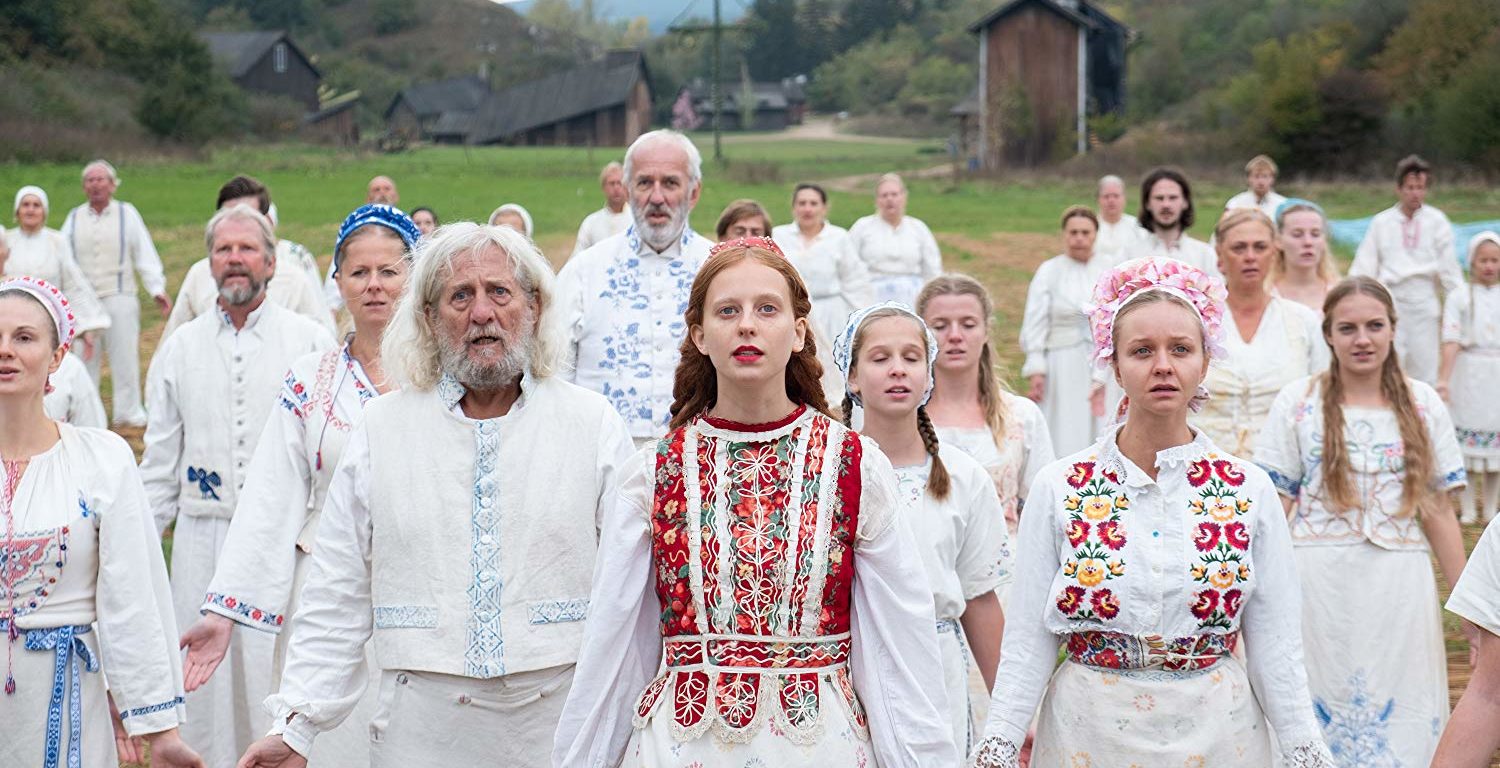
Ari Aster quickly became one of the hottest new names in independent cinema after releasing the instant A24 horror classic Hereditary (2018). Aster followed up with a film almost as ambitious and twice as anticipated as his feature-length debut: Midsommar. Midsommar was met with substantial critical praise within film circles, but it has remained an incredibly divisive film. Some claim it proves Aster a one-trick pony, some claim it proves him a genius. Whether you love or hate the film, it’s hard to deny there’s a sense that Aster was trying just a little too hard to be boundary-pushing, offensive, or weird.
Midsommar opens with incredible ideas about the meaning of family and past trauma. The film is unbelievably tense, and the daylight photography is simultaneously beautiful and incredibly eerie. But unfortunately, all of the film’s setup mostly just amounts to an artsy torture porn montage that doesn’t expand upon or connect to any of these themes initially introduced. Aster seems more satisfied introducing concepts of trauma and broken relationship dynamics than actually using the horror elements of the film to fulfill them or drive them home to any emotionally satisfying conclusion.
Also, for a film that aims for the “intellectual horror” category with its mature dramatic themes and believable characters, there is a record level of stupid horror movie decisions here (never, ever look at the one book the scary villagers told you not to look at!). Midsommar mostly feels like Aster blatantly recycling the motifs that worked in Hereditary (i.e. disfigured creepy girl, unmotivated bursts of graphic violence) in a different and much less effective context. It’s a lot of good ideas and scenes that just don’t click together. But, again, the impact of the film shouldn’t be discredited.
10. The Great Gatsby (2013)
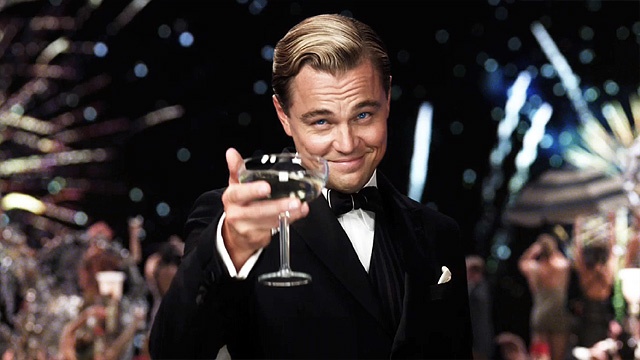
Similar to Run Lola Run (1998), Baz Luhrmann is a director who has broken major ground stylistically across his career. Luhrmann’s films are known for being incredibly colorful, vibrant and theatrical – combining elements of contemporary culture and music with more classic motifs of fashion, speech and even dance. Creative though his films may be, they often amount to too much of a good thing and stylistic dissonance. The extreme, colorful aesthetic often comes across as nauseating or completely unnecessary, distracting from the story. A prime example of this lies in his adaptation of the classic novel of the same name, The Great Gatsby.
Anyone familiar with the source material knows Luhrmann took major narrative and stylistic liberties with this film. DiCaprio as the titular character is pretty iconic. But just about every other asset of the film is bloated and melodramatic sensory overload, which is a shame considering the timeless melancholy of the original novel. Luhrmann gets so excited with stylistic leaps that he leaves behind the heart of the story. Hearing dubstep at a 1920s apartment party doesn’t feel like a cool stylistic choice, it just feels… wrong.